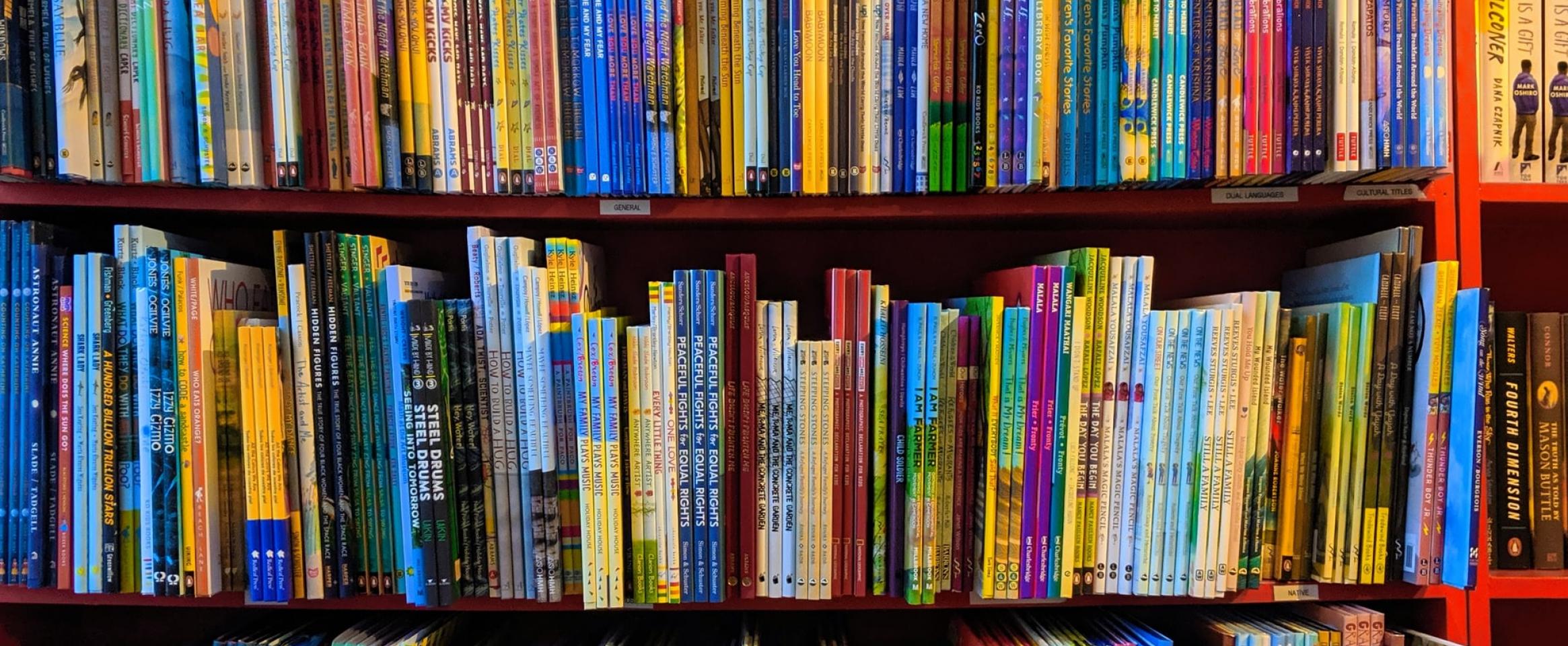
Ashley Yeager—Bright Galaxies, Dark Matter, and Beyond: The Life of Astronomer Vera Rubin
Astronomer Vera Rubin provided evidence for the existence of dark matter, the invisible material comprising more than 90% of the universe’s mass. As a pioneering woman, she faced slights & skepticism, Ashley Yeager reports in Bright Galaxies, Dark Matter, and Beyond. Rubin died in 2016 at age 88. She is the 1st woman to have a national observatory named for her, Tucson’s Vera C. Rubin Observatory.







